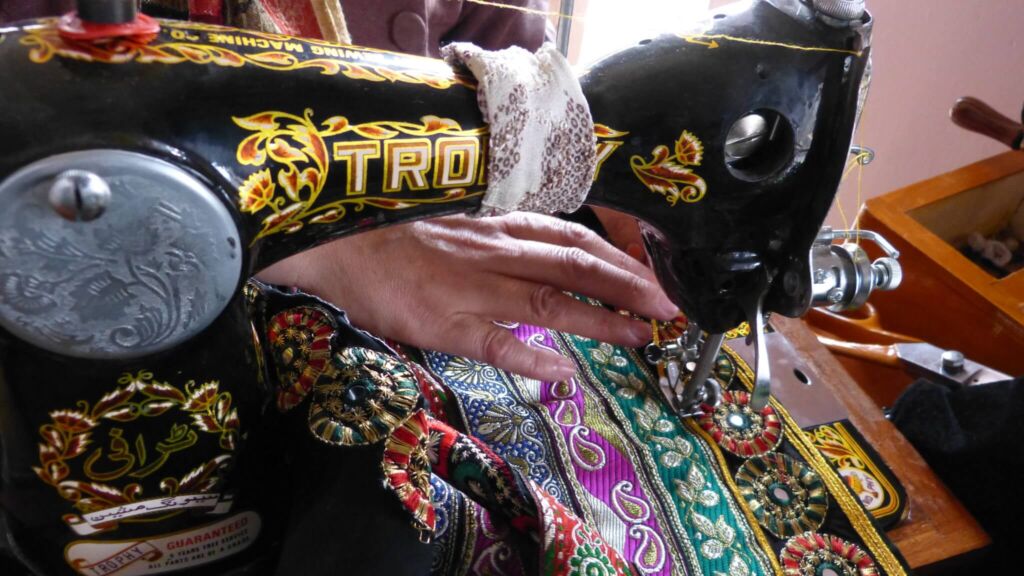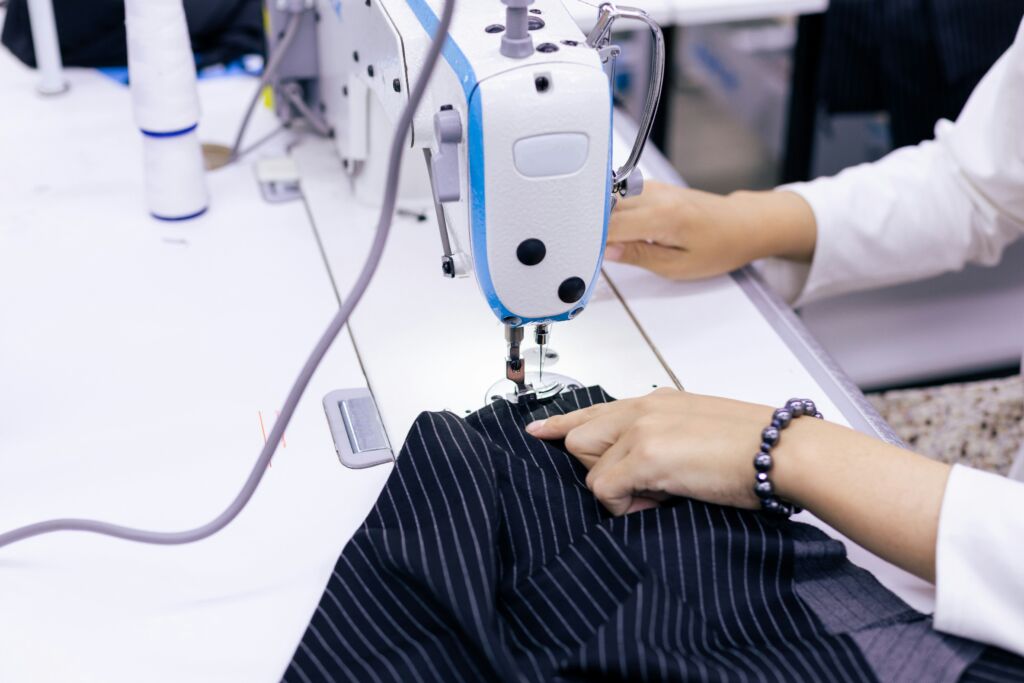How to Optimise the First Prototype for Production Success
At STUDIOO, we know that the first prototype is more than just a sample—it’s the foundation upon which the production process is built.
A well-executed first prototype can save time, reduce costs, and streamline production, while a poorly planned one can lead to delays, unexpected expenses, and frustration. In one of our recent projects, we applied our structured sampling process to help a client achieve a flawless first prototype, ensuring a smooth transition into production.


How STUDIOO Ensured a Production-Ready Prototype
For this particular project, we worked with a short timeline and limited budget, there was no room for costly revisions. We took a structured approach to sampling smart.
• Detailed Design & Technical Prep: We ensured that every aspect of the design was fully developed before sampling began—creating precise technical drawings, defining key details and selecting the right materials and finishings.
• Strategic Pattern Development: Our expert pattern cutters, with backgrounds in both traditional and digital methods, meticulously refined the patterns to ensure that first the toiles and then the first sample was as close to final as possible.
• Fabric & Construction Testing: We pre-tested the chosen fabrics to assess their performance in terms of drape, durability, and construction compatibility, avoiding surprises during production.
• Controlled Sample Execution: Instead of rushing through a trial-and-error process, we worked with a carefully selected sample tailor whose expertise matched the complexity of the designs, ensuring precision.
• Fit & Functionality Refinement: After the first fitting, we made only minor adjustments, proving that a well-planned sampling process leads to minimal corrections.
The Challenges of the Sampling Stage
Many designers underestimate the complexity of the sampling phase. Common pitfalls include:
Skipping key testing steps – Issues like fabric shrinkage, seam strength, and finishing quality can emerge later if not addressed early.
Unclear design specifications – Without a precise technical sketch and detailed construction notes, a sample can miss the intended design entirely.
Choosing the wrong fabric – A fabric that looks great on a mood board may not behave as expected when cut and sewn into a garment.
Overlooking fit and construction details – A garment may appear aesthetically pleasing but fail in terms of wearability, durability, or manufacturing feasibility.

The Outcome: A Smooth Transition to Production
Thanks to this thoughtful and methodical approach, the brand was able to move into bulk production confidently, without delays or costly last-minute changes.
At STUDIOO, we believe that the first prototype should never be treated as an afterthought—it should be a carefully executed blueprint for success. By ensuring clarity, precision, and efficiency, we help designers avoid common pitfalls and achieve a seamless production process.
Ready to master the sampling stage and set your production up for success? Book a complimentary consultation with us


